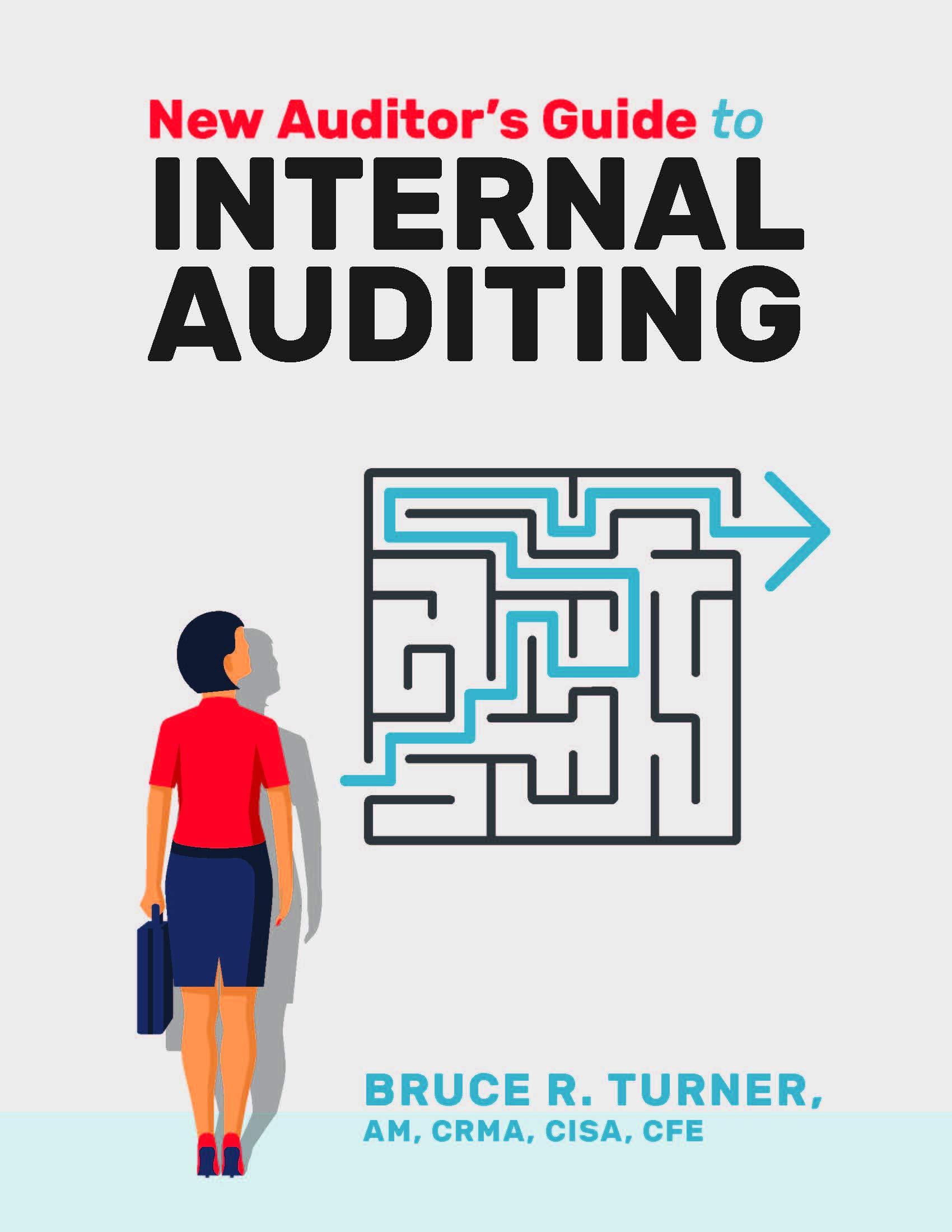Question
The Gingham Company's budgeted income statement reflects the following amounts: Sales Purchases Expenses January $ 122,000 $ 80,000 $ 24,200 February 112,000 68,000 24,400 March
The Gingham Company's budgeted income statement reflects the following amounts:
| Sales | Purchases | Expenses | |
| January | $ 122,000 | $ 80,000 | $ 24,200 |
| February | 112,000 | 68,000 | 24,400 |
| March | 127,000 | 83,250 | 27,200 |
| April | 132,000 | 86,500 | 28,800 |
Sales are collected 50% in the month of sale, 20% in the month following sale, and 29% in the second month following sale. 1 percent of sales is uncollectible and expensed at the end of the year. Gingham pays for all purchases in the month following purchase and takes advantage of a 1% discount. The following balances are as of January 1:
| Cash | $ 90,000 |
| Accounts receivable * | 60,000 |
| Accounts payable | 74,000 |
*Of this balance, $24,000 will be collected in January and the remaining amount will be collected in February. The monthly expense figures include $5,200 of depreciation. The expenses are paid in the month incurred.
Gingham's expected cash balance at the end of January is:
$77,540.
$101,740.
$88,600.
$82,740.
$93,800.
Gingham's budgeted cash receipts in February are:
$84,400.
$116,040.
$116,400.
$80,400.
$115,490.
Step by Step Solution
There are 3 Steps involved in it
Step: 1

Get Instant Access to Expert-Tailored Solutions
See step-by-step solutions with expert insights and AI powered tools for academic success
Step: 2

Step: 3

Ace Your Homework with AI
Get the answers you need in no time with our AI-driven, step-by-step assistance
Get Started


